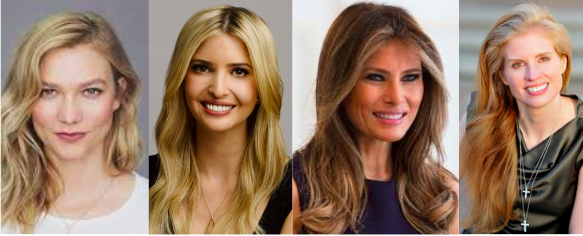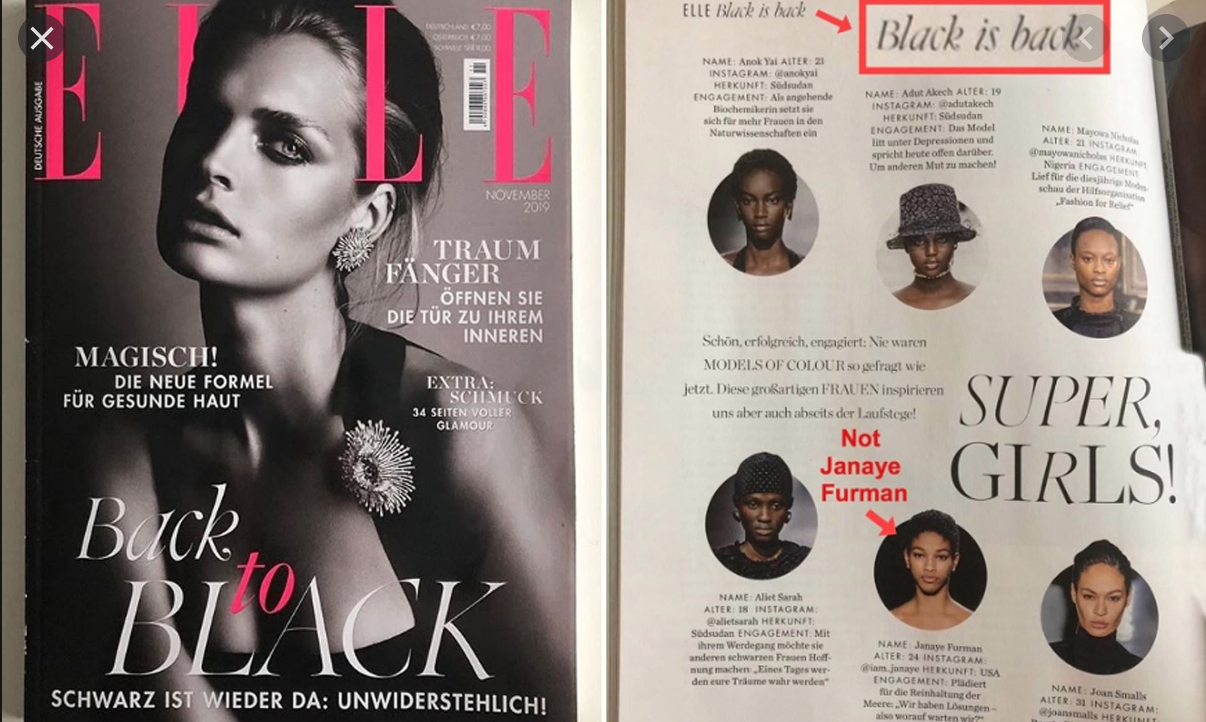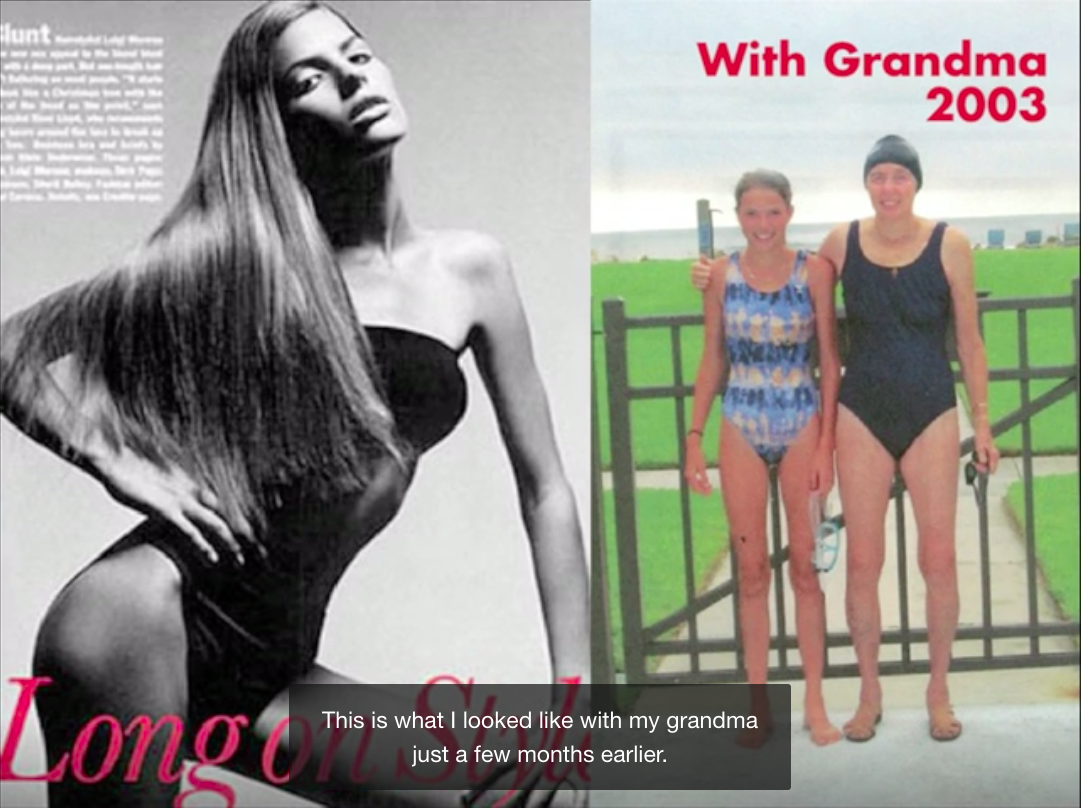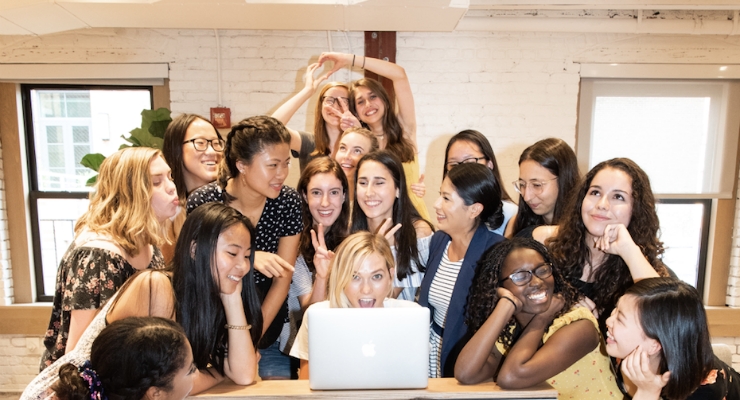In May 2020, after many meetings providing detailed feedback, I posted the following essay about my disturbing experience at the previous year’s Women in Management (WIM) banquet at Stanford’s business school. Despite prior approval to post, I was asked to take down the essay which I agreed to do temporarily in order to work though new feedback. Months of painful conversation yielded important learnings I will share separately; for now, here is the essay again. I resigned from the WIM program in fall 2020 in order to repost this freely but this was a rough ride and it’s taken me time to be ready.
Now I am.
In May 2019, I attended the Women in Management (WIM) banquet at Stanford’s business school. I arrived directly from WIM meetings that are designed for vulnerability and connection. Women of color had shared their struggles with Stanford’s racial and gender dynamics and I had let down my guard to connect with them. So, an evening that might have rolled off my back instead hit me hard.

The banquet featured Laura Arrillaga-Andreessen and Karlie Kloss. While both are famous, I hadn’t heard of either. But I had noticed many buildings at Stanford named ‘Arrillaga’ and knew of the billionaire Marc Andreessen so I connected the, well, hyphen. Karlie, I learned, is a 27yo supermodel who learned to code then founded Kode for Klossy to help underprivileged girls learn. And, a student whispered, she’s married to Jared Kushner’s brother. I understood from all this that these women belonged to even more rarified networks than the assembly there.
The banquet began with Laura taking the stage to bellow exuberantly, “Welcome, my goddesses!” I was delighted and moved. I received this as an invitation into a mythic sense of myself. I was definitely down for this!
Laura honored Karlie with her newly established Legacy Leadership award for ‘the advancement of…women and individuals from underrepresented minorities’. When these minorities and their lives or concerns never came up, I grew increasingly concerned. In every way, Stanford signaled that Karlie, particularly as a supermodel, mattered most. In her fireside chat with Karlie, the moderator centered the conversation solely on her rather than on those she was being honored for supporting. Karlie, for her part, imparted just one message: believe in yourself and you can do anything. She was warm and authentic, and her message was wonderfully inviting, but its simplicity alarmed me.
Although her relationship to the Kushners didn’t come up, having learned of it, an image of the brothers and their wives flashed in my mind. I wondered if looking similar to Ivanka helped Karlie feel like she fit in with a group that, unlike her, had been born billionaires. I know my own short, brown body would have felt out of place in that family portrait. A parade of images marched across my mind: Laura Arrillaga-Andreessen, who gave an award to…Karlie Kloss, whose sister-in-law is…Ivanka Trump, whose stepmother is…Melania Trump.

Yes, I’m saying they’re all tall, White women. You might ask, So what? Is that supposed to mean something?
Well, I’d be the first to say it shouldn’t. But we can’t ignore that it does and Stanford shouldn’t have either.
These images flashed in my mind to the soundtrack of the President of the United States’ ranting against the ‘chain migration’ of families like mine but not of his Slovenian wife’s White family; about immigrants from ‘shithole’ countries, which aren’t places he would find tall, White wives.
There’s no doubt the most powerful man in the country particularly values tall, White women. He’s probably not the first in his role to do so but he is the most recent to foment hate against those who don’t match that template. He inspires rage against refugees for being from Somalia, not Norway. He enacts policies specifically against ‘the advancement of…women and…underrepresented minorities’ in spheres spanning reproductive rights to education to family welfare.
So, when Stanford celebrated Karlie for being a supermodel who embodies the main traits the President seems to value in women (while calling other women “fat pigs”, “dogs”, and “slobs”), then touched not at all on the implications of this, it mattered. A lot.
It mattered to women of color, to queer women, to trans women — to anyone feeling less safe in an America remaking its greatness for valuing some bodies over others. Frankly, it should matter to anyone with a stake in a just society.
I’m not saying that being tall or White disqualifies a woman from being honored. I’m saying that people whose bodies are valued by a racist patriarchy cannot ignore their unearned advantage while claiming to support ’underrepresented minorities’. Such pretense is tantamount to complicity and the cruelest aspect of ‘legacy’.
I only had one job at that banquet: to enjoy myself, and I failed at it. Or, rather, Stanford failed me. My early joy descended from concern into alarm, then alienation by the end. Below are five simple ways Stanford could have avoided the hypocrisy of its banquet.

- Uplift those at the margins, not those already at the center.
Awards such as Stanford’s aren’t always given for impact. In two years, Kode for Klossy has helped 2400 girls whereas Girls Who Code (founded by Reshma Saujani, an Indian-American lawyer) is only three years older yet has helped 185,000. Often, these awards are intended to give a platform for the honoree’s message. But Karlie, a celebrity, didn’t need another platform, especially not for a message that did nothing to elevate ‘underrepresented minorities’.
Philanthropy is a kind of trickle-down economics and focusing just on those with the privilege to practice it is insufficient for uplifting others. It’s tougher to climb up from below than to hand something down from above. So, rather than celebrating those already in the spotlight for becoming benefactors, celebrate those in the margins for forging their own destiny. Understand them as partners, not just as token beneficiaries of a wealthy person’s largesse.
What if Stanford had honored an outstanding Kode for Klossy scholar and invited her to speak alongside Karlie? What if they had focused on what Karlie has learned from these underprivileged scholars?
2. Bring race into the room. Because it’s already there.
There are no race-less people. Race, alongside gender, has structurally organized America for centuries and its dynamics continue to inform events like this elite banquet. We must ask who’s present, who’s heard, who’s missing––and why.
While minorities were unrepresented in Stanford’s fireside chat, they were certainly in the room. A business school student in attendance had even written a New York Times op-ed on “healing mentally from the daily anxieties of being a member of a racial minority group”.

Stanford exacerbated exactly such anxiety through their complicity with Karlie’s silence on the role whiteness played in her success. Karlie called her ‘discovery’ as a 13yo in a St. Louis mall a ‘Cinderella story’ while ignoring that the fairy godmother in her story is America’s White patriarchy.
St. Louis is half Black. When Karlie was ‘discovered’, Black members were 3% of the Council of Fashion Designers of America and all non-Whites less than 4% of runway models. I couldn’t hear Karlie without thinking of all the 13yo’s at that same mall that same day whose bodies didn’t fit the talent scout’s prefab template (or the current President’s). Matching that template is what put Karlie on her path to power — and Stanford should at least have prepared Karlie to acknowledge that.
3. Name systemic factors.
With diversity, the problem is often understood as underrepresentation when it’s actually one of exclusion. Women/of color aren’t missing in STEM by accident, they’re missing by design. People in power design systems for others like themselves, often reflexively rather than maliciously––as with this banquet. So, speakers need to be prepared to illuminate systemic issues. Sadly, Karlie wasn’t. She outlined STEM’s problem of having only 18% of computer science graduates be women. By ignoring that a mere 4% are of color, she effectively erased them. (Asian-Americans, like me, are the majority of that 4%; to count Black, Latinx, or Indigenous women alongside us would further erase that their membership stands at less than 1%.)
In addition to coding classes, girls of color need an unbiased system that celebrates their bodies just as much as it celebrates bodies like Karlie’s. Actually, everyone needs this and Stanford should have honored a speaker who could give more than affirmation, maybe by addressing their elite students with something like:
We’re excited to get more scholars into Kode for Klossy but learning to code is just their first challenge for a STEM career. They need unbiased hiring practices and inclusive work environments. They need mentors and sponsors. We can’t make enough gains at the pipeline end to offset attrition. We need you out there building empowering, inclusive organizations. What will you do as emerging leaders?
I guarantee some students would have responded.
4. Amplify the power of community and diminish pure individualism.
I was surprised by Karlie’s individualistic message for a program that exists primarily as a community of women. At no point did Karlie touch on an experience of community. Who were the women who supported Karlie? How does she build community with and for the girls studying at Kode with Klossy?
Women of color often stay silent about bias because they don’t want to alienate the White men who are the gatekeepers to their ambitions. It’s empowering to connect with others, share experiences, and develop strategies to support each other (as women in the Obama administration did). Solidarity and connection powerfully counter what is individually disempowering and isolating.
It’s no longer enough to elevate a message of individual accomplishment. More than ever, organizations must engage speakers who understand the power of community to face today’s collective challenges.
And the corner-case:
5. A supermodel must address the construct of beauty.

Done carelessly, honoring a supermodel at a women’s banquet is like putting a gun on the table: it heightens the tension. It’s a safe bet that most women there may have experienced some bumps relating to their own beauty. Cultural norms locate too much of a woman’s value in her body and the beauty industry specifically distorts those bodies. Power and beauty are made scarce then linked together for women, forcing a competition that benefits only systemic patriarchy.
Supermodels, whose job is literally to be a superlative body, play a role in this. The beauty industry constructs an image then selects people whose bodies can be molded to it, often using children to pose as adult women. These models’ bodies become a standard that mediates between society’s idea of beauty and any individual woman — or, worse, between a woman and her own self-worth. By manufacturing beauty as a rare commodity, the industry weaponizes it against women.
If a supermodel’s only comment on all this is to say in passing, as Karlie did, “I don’t wake up looking like this,” (which immediately evoked a Black superstar unabashedly proclaiming, I woke up like this), she has an excruciatingly narrow understanding of her work. Karlie may feel lucky to be ‘discovered’ for some natural beauty but, actually, beauty is intentionally coded much like an app is and her luck was in fitting the coders’ filters.
A Stanford student I know happens to have a body that matches these coded filters. Yet she struggles with feeling she’s not thin enough. When beauty is weaponized into an asymptotic standard, one with an expiration date to boot, no woman wins––not even a tall, White one who is young and a star athlete.
So, for anyone featuring a supermodel at an event, focus on their work rather than on their body and prepare them to address the impact of coded beauty.
This isn’t about Karlie, it’s about Stanford. Institutions owe us better.
Karlie is a privileged young woman on a journey of growth that I can applaud without endorsing her limited perspective. She was lovely and genuine as she urged women to believe in ourselves. But, absent the lenses above, this burdens women with failing only due to their own lack of confidence. My critique isn’t of Karlie, it’s of a world-renowned university lending its clout to an inadequate message.
Women’s empowerment that is funneled purely through a personal development lens mostly benefits privileged women. For the rest, as Michelle Obama bluntly stated, “It’s not always enough to lean in, because that shit doesn’t work all the time.” Even Sheryl Sandberg acknowledged this when she became a single parent. The reason Michelle Obama knew early what Sheryl Sandberg learned through adversity is because what is invisible at the center is often obvious from the margins.
It may not be evident to those born into bodies prized by society just how much that aids their ambitions; more self-confidence may be all they need. The hurdles others face should have been evident to Stanford given its scholarship on issues of inequity. The students, staff, and faculty I have worked with there are some of the most talented and heartfelt people I know. How weren’t they able to help to avoid Karlie’s ignorance? What institutional structures and norms were operant to elevate this colorblind, and therefore, White-centered, perspective? It’s hard to keep hope alive for fighting the social inequities fomented by right-wing leaders when even liberal bastions exert such trenchant hegemony.
I felt that hopelessness as I left the banquet. I ran into a male ‘ally’ at the event who told me, “I heard they couldn’t get their first choice.”
“You should say something, they’ll listen more to you,” I urged him.
Was that wheedling in my voice? I was shocked. I’ve been a global-level executive at a top tech firm but the evening had primed me to feel the unimportance of my short, brown body. I knew him as a thoughtful, caring person but suddenly I saw just a White man, a more valuable category.
He nodded at me and we each smiled awkwardly for a moment. Then I walked away feeling small and sad, and sorry for both of us.
This piece was originally on Medium, and was published here with permission.

